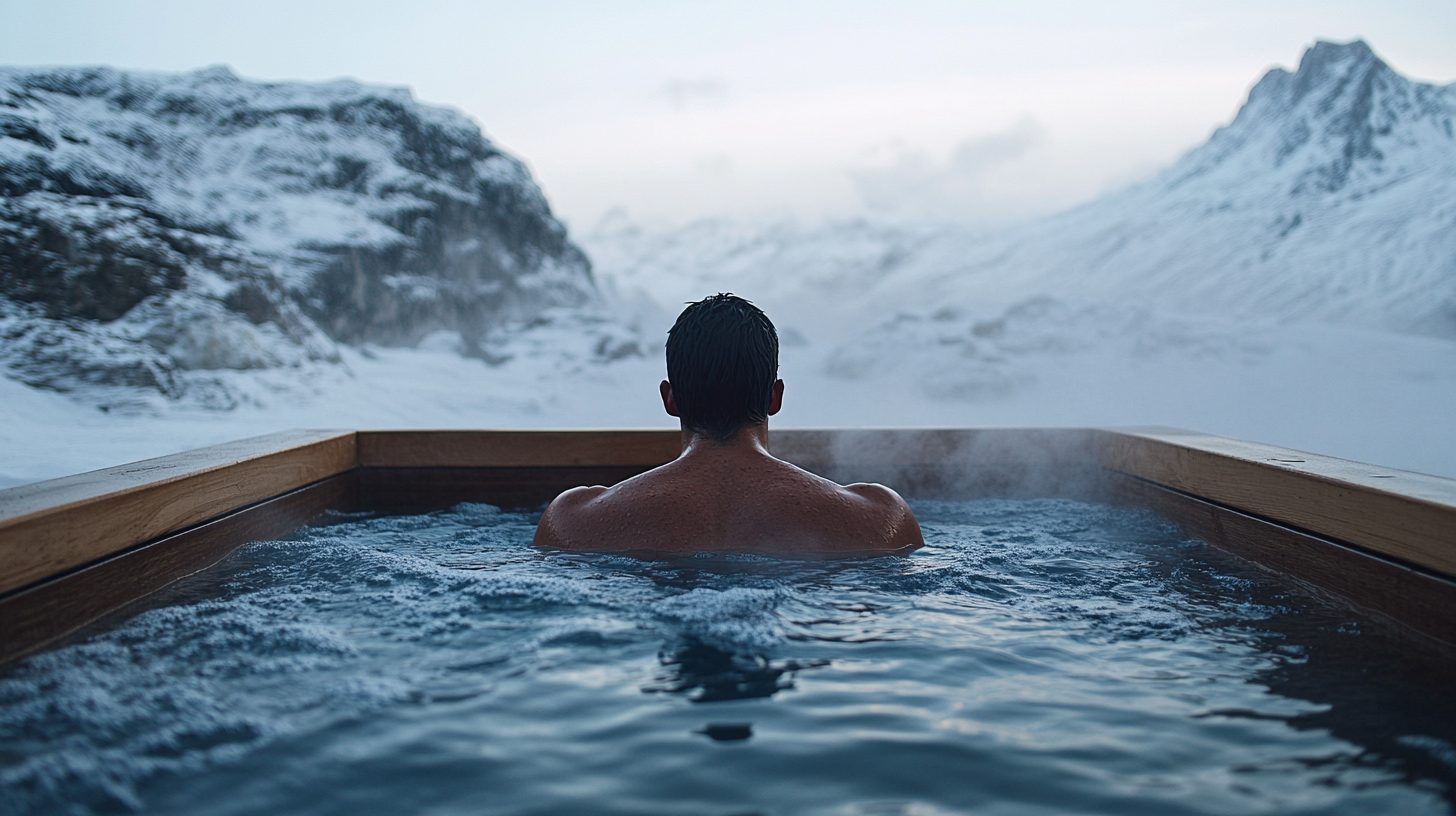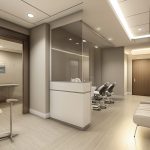Temperature therapy through showering isn’t just about getting clean – it’s about optimising your health. Fresh research from 2025 shows that your shower temperature choice can significantly impact your physical and mental wellbeing.
The Science Behind Shower Temperatures
The human body responds differently to cold and hot water exposure. These responses trigger various physiological changes that can benefit your health.
Cold Shower Science (50°F – 70°F)
Cold water activates your sympathetic nervous system, creating several biological responses:
- Blood vessel constriction occurs immediately upon cold exposure, directing blood flow to vital organs and potentially reducing inflammation. This response explains why athletes often use cold therapy for recovery.
- Your body releases norepinephrine and dopamine during cold exposure, which may explain why many people report feeling more alert and positive after cold showers. Research indicates these neurochemical changes could support long-term mental health.
Hot Shower Science (104°F – 108.5°F)
Hot water creates different physiological effects:
- Your blood vessels dilate, increasing circulation throughout your body. This improved blood flow can help relieve muscle tension and support tissue healing.
- The parasympathetic nervous system activates during hot water exposure, promoting relaxation and potentially supporting better sleep quality when used before bedtime.
Evidence-Based Benefits of Cold Showers
Recent studies have revealed several advantages of cold water exposure:
Mental Health Benefits
- Mood Enhancement: Research shows cold showers may boost endorphin levels, supporting emotional balance.
- Stress Response: Regular cold exposure helps train your body’s stress response systems, potentially improving resilience over time.
- Depression Support: Clinical studies indicate cold water therapy might help alleviate symptoms of depression through sympathetic nervous system activation.
Physical Health Advantages
- Athletic Recovery: Cold exposure reduces inflammation and muscle soreness after exercise.
- Immune Function: Studies suggest cold showers might enhance immune system response through improved circulation.
- Metabolic Health: Research indicates potential benefits for insulin sensitivity and stress reduction.
Evidence-Based Benefits of Hot Showers
Scientific research has identified several key advantages of hot water exposure:
Mental Wellness Benefits
- Sleep Quality: Taking a hot shower 1-2 hours before bed can improve sleep onset and quality by regulating body temperature patterns.
- Stress Reduction: Studies demonstrate that regular heat exposure can lower cortisol levels, promoting a calmer state of mind.
- Muscle Recovery: Heat application through hot showers increases blood flow to muscles, supporting natural recovery processes.
Physical Health Benefits
- Circulation Support: Heat exposure promotes vasodilation, enhancing blood flow throughout the body.
- Skin Health: Moderate heat can support pore cleansing, though prolonged exposure may reduce natural skin oils.
- Pain Management: Research indicates hot showers may help manage chronic pain through improved circulation and muscle relaxation.
Safety Considerations and Precautions
Cold Shower Safety
Medical research highlights several important considerations:
- Heart Health: Individuals with cardiovascular conditions should consult healthcare providers before starting cold shower therapy.
- Circulatory Disorders: Those with Raynaud’s disease or similar conditions may experience adverse effects from cold exposure.
- Temperature Regulation: People with compromised thermoregulation should avoid extended cold exposure.
Hot Shower Safety
Research indicates certain precautions for hot water therapy:
- Skin Protection: Extended hot water exposure can diminish natural skin barriers.
- Blood Pressure: Monitor for dizziness or light-headedness, particularly in humid environments.
- Medical Conditions: Those with inflammatory skin conditions should maintain moderate water temperatures.
The Contrast Shower Method: Combining Benefits
Scientific studies suggest potential advantages of alternating temperatures:
Recommended Protocol
- Begin with 3 minutes of water at 95°F-105°F
- Switch to 30 seconds at 50°F-65°F
- Repeat 2-3 cycles
- Finish with cold water
Research-Backed Benefits
- Enhanced Recovery: Studies indicate improved muscle recovery through alternating vasodilation and vasoconstriction.
- Immune Support: Research suggests contrast therapy may enhance immune system function.
- Circulation Benefits: The alternating temperatures may improve overall circulation patterns.
Personalising Your Shower Temperature
Choose your shower temperature based on specific needs:
Morning Routine
- Cold showers support alertness and energy
- Brief exposure (30-60 seconds) provides optimal benefits
Evening Routine
- Hot showers promote relaxation and sleep preparation
- Optimal timing: 1-2 hours before bedtime
Post-Exercise
- Cold exposure supports recovery and reduces inflammation
- Hot water helps with muscle tension and flexibility
Future Research Directions
Current 2025 studies are exploring:
- Long-term effects of regular temperature contrast therapy
- Optimal temperature ranges for specific health conditions
- Neurological impacts of regular cold exposure
- Cellular adaptation to temperature variation
Key Takeaways
- Temperature Choice Matters: Both cold and hot showers offer distinct health benefits backed by scientific research.
- Cold Shower Benefits:
- Enhanced mental alertness
- Improved recovery
- Potential immune system support
- Hot Shower Benefits:
- Better sleep quality
- Muscle tension relief
- Improved circulation
- Safety First:
- Consult healthcare providers if you have underlying conditions
- Start gradually with temperature changes
- Listen to your body’s response
- Personalisation:
- Match temperature to your specific goals
- Consider timing in your daily routine
- Adapt based on physical activity levels
This article reflects current medical understanding as of 2025. Always consult your healthcare provider before starting any new health routine, particularly if you have underlying medical conditions.
Last Updated: February 11, 2025
Disclaimer: This information is for educational purposes only and should not replace professional medical advice. Consult your healthcare provider before making significant changes to your health routine.



